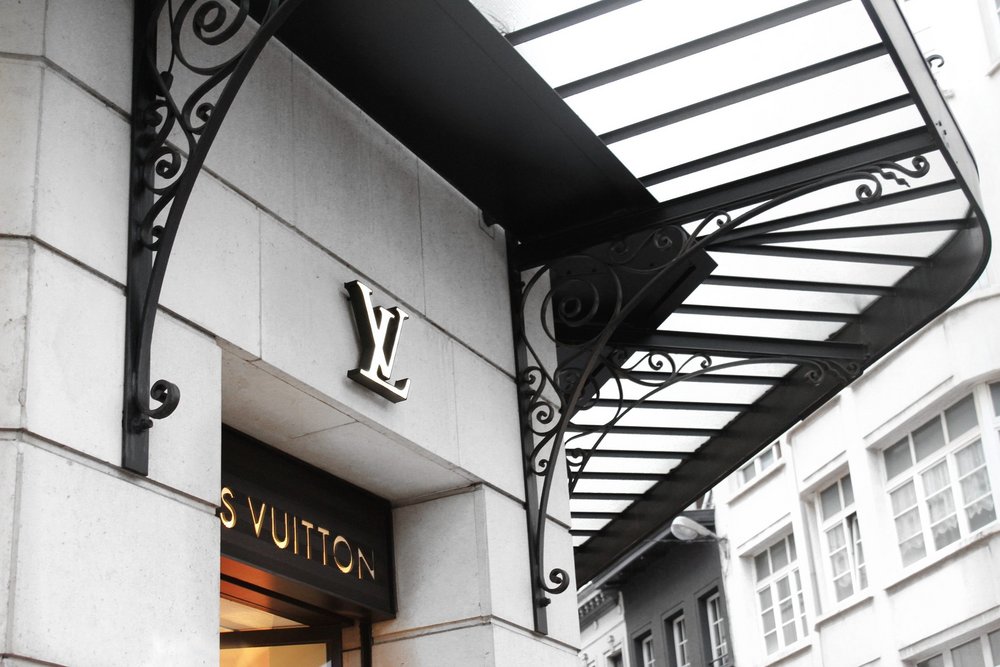LVMH’s luxury blockchain: style over substance? /
LVMH, Cartier and Prada have joined forces to create a blockchain tool to authenticate luxury goods. Do its aims justify the technology?
James Swift
/
Photo by Llibert Losada on Unsplash
The Aura Blockchain Consortium, created by LVMH, Prada and Cartier, is a significant act of cooperation between rival fashion houses. But is it a significant use of blockchain?
LVMH announced the Aura Blockchain on Tuesday as ‘the world’s first global luxury blockchain’ and a means for luxury brands to communicate ‘authenticity, responsible sourcing and sustainability in a secure, digital format’.
The blockchain stores information about individual luxury items – about their provenance, components, warranty and ownership – which the buyer can access online by entering a code they receive when they make the purchase.
Not only does Aura purport to give customers peace of mind that they haven’t been sold a fake, it gives them an opportunity to learn more about the craftsmanship that went into the product, building closer ties with the brand, says LVMH.
All luxury brands are invited to use (for a fee) Aura, says LVMH, and this ambition to create an industry standard lends the project an air of credibility. As does the involvement of ConsenSys – a well-funded developer linked with the Ethereum blockchain – and Microsoft, who helped build Aura.
But brands have a history of gimmicks and false starts when it comes to blockchain, and it is right to retain some scepticism while staying open minded about the possibilities.
For instance, what actually links the physical luxury products being sold to their corresponding profiles on Aura? We can see how Aura’s ownership certificates discourage fakery, but without a way to chain the physical to the digital, there are still opportunities for motivated fraudsters.
And Aura is a private blockchain. Our understanding (which has its limits) is that blockchain works best as a decentralised and distributed system where there’s no need for trust because there is no person or no organisation in which to place your trust – the code is in charge. Otherwise, what’s the point?
In 2019 Gartner wrote that blockchain technology had entered the ‘trough of disillusionment’ phase of its hype cycle, and that it would be five or 10 years before it was put to good use.
It’s possible that the pandemic, which has forced people to spend more time online, has shortened that timeline and Aura heralds a new spring for blockchain. But there are good grounds to ask if LVMH, Prada and Cartier could have more easily achieved its aims with a website and a spreadsheet.
Without that necessity, any distributed ledger tool becomes more about leveraging the blockchain brand than harnessing the technology itself. That could be enough, if the luxury brands just want to demonstrate to customers that they believe in transparency and good stewardship, but it doesn’t make for a useful tool.
Want more of the same? /
We don’t just write about best-in-class campaigns, interviews and trends. Our Members also receive access to briefings, online training, webinars, live events and much more.







